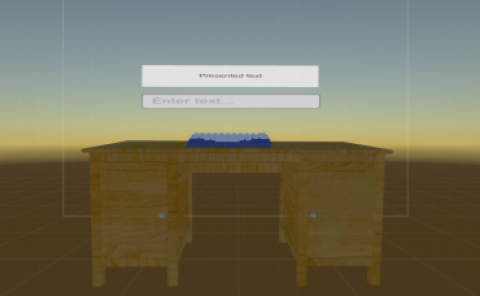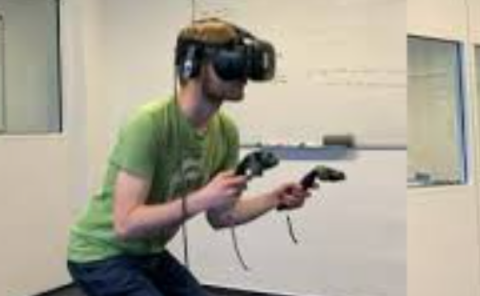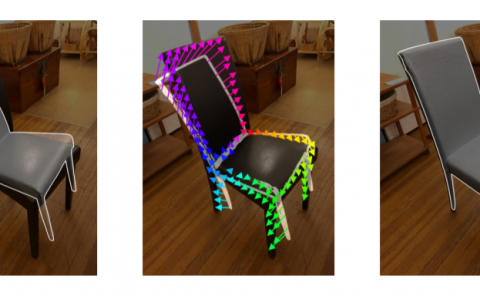Evaluation of User Interfaces for Three-Dimensional Locomotion in Virtual Reality
PubDate: December 2022
Teams: Osaka University;Osaka Institute of Technology
Writers: Donghae Lim;Shizuka Shirai;Jason Orlosky;Photchara Ratsamee;Yuki Uranishi;Haruo Takemura
PDF: Evaluation of User Interfaces for Three-Dimensional Locomotion in Virtual Reality

Abstract
Locomotion is an essential factor for interaction in virtual environments. Virtual reality allows users to move freely from the constraints of gravity or the environment, which is impossible in the real world. These experiences, in which users can move at all 6 degrees of freedom, can enable new navigation paradigms that exceed 2D ground-based movement in terms of enjoyment and interactivity. However, most existing VR locomotion interfaces have limitations because they are developed for ground-based locomotion, constraining the degrees of freedom (DoF) during movement as in the real world. This exploratory study was designed to seek the features required for three-dimensional (3D) locomotion by evaluating three types of interfaces: Slider, Teleport, and Point-Tug, which were implemented based on existing ground-based locomotion techniques. We then conducted a user study with 3D navigation tasks, using both objective and subjective measures to evaluate efficiency, overall usability, motion sickness, perceived workload, and presence. The results suggest that Slider has an advantage compared to the others in terms of usability and perceived workload since it can freely and intuitively designate the direction of movement.



